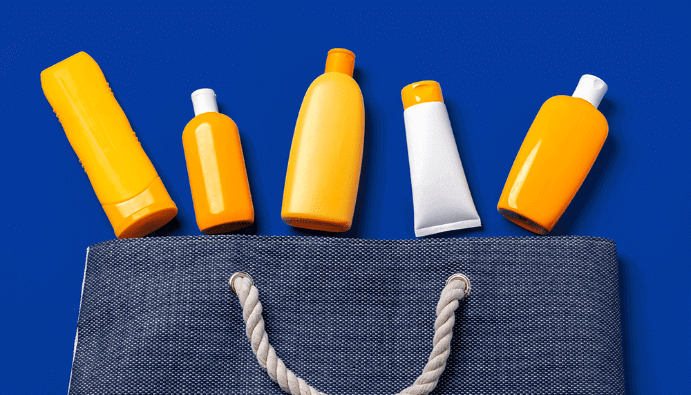
BLOG
KATEGORİDEKİ DİĞER YAZILAR

Phthalates are chemical compounds used mainly as plasticizers, i.e. additives that make plastic products flexible. They are commonly found in packaging, wall and floor coverings, films and foils, tubes, window frames, toys, cables, cosmetics and personal care products.
Due to their uses, they can often be absorbed through the skin, inhaled and, especially for infants and young children, taken into the body through toys.
Phthalates can be used in cosmetic products as follows:
The risk that some phthalates and their metabolites, such as di(2-ethylhexyl) phthalate (DEHP) and dibutyl phthalate (DBP), may produce teratogenic or endocrine disrupting effects is an important issue. In a study to determine possible human exposure to phthalates in cosmetics, levels of DEHP, diethyl phthalate (DEP), DBP and butylbenzyl phthalate (BBP) were tested by high-performance liquid chromatography (HPLC) in 102 brands of hairspray, perfume, deodorant and nail polish.
DBP was detected in 19 of 21 nail polishes and 11 of 42 perfumes, and DEP in 24 of 42 perfumes and 2 of 8 deodorants. Exposure levels to phthalates in cosmetics through dermal absorption were estimated to be 0.0006 g/kg body weight (vw)/day for DEHP, 0.6 g/kg body weight/day for DEP and 0.103 g/kg body weight/day for DBP.
Based on these data, hazard indices (HI, daily exposure level/regulation level) were calculated as 0.0007 for DEHP, 0.012 for DEP and 0.347 for DBP. These data suggest that the estimated exposure to phthalates in these cosmetics is relatively small. However, the total exposure levels from various sources may be higher and require further investigation.
Nanolab Laboratories Group continues to provide services within the scope of Determination of Phthalates in Cosmetics. We also provide services in Ethyl Acetate Analysis in Cosmetics.
Contact us for more information.
You can follow us on LinkedIn for up-to-date news and posts about our services.
Follow our Instagram account to be informed about our latest blog posts.